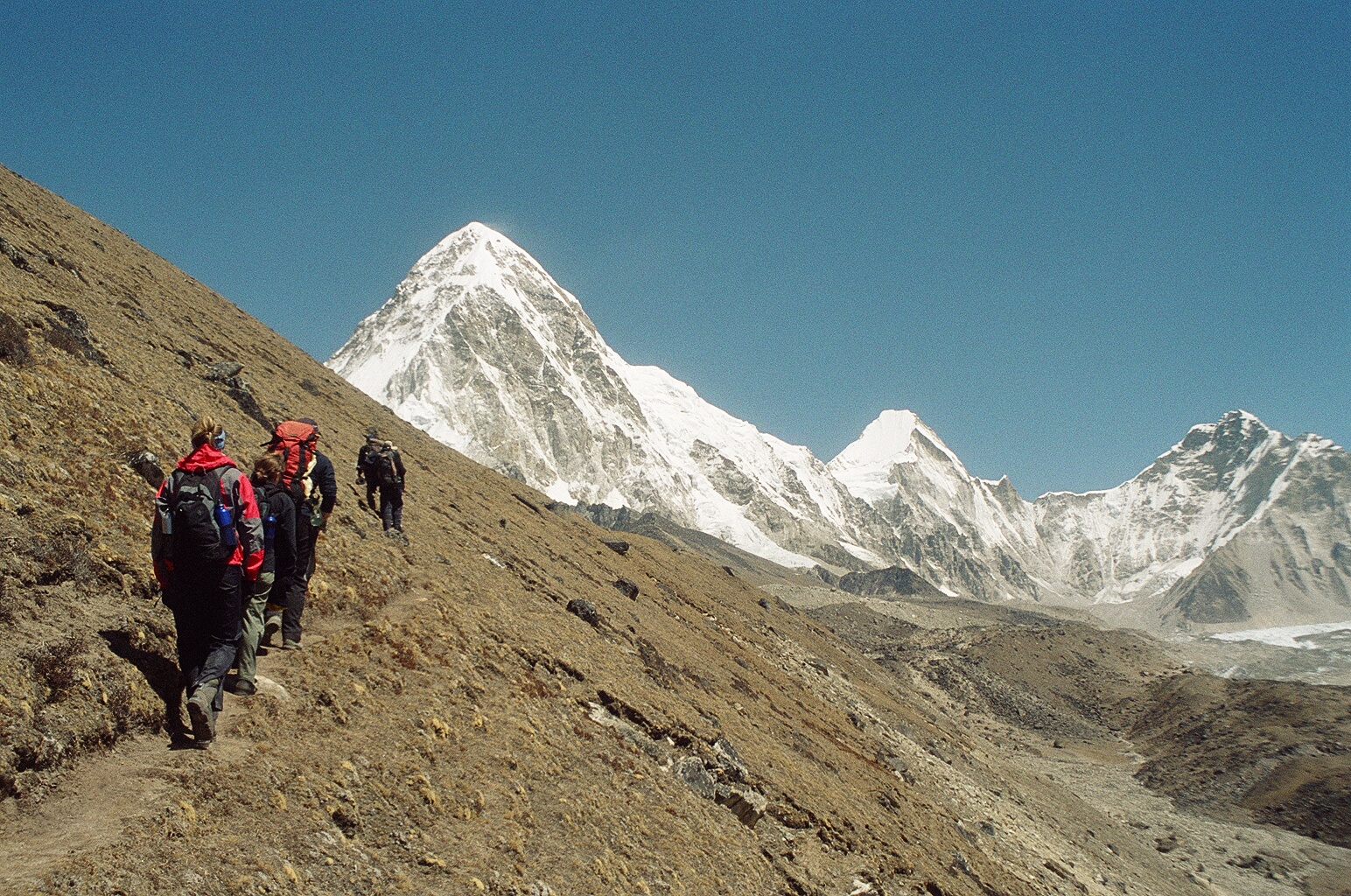
Nepal Trekking Seasons
Nepal’s peak climbing seasons are traditionally late March to May and September to November. These periods are either side of the main monsoon period in this area of Asia. The first of these periods is also the most popular period for climbs of the higher peaks.
The weather in the higher regions of Nepal sees a very large diurnal variation in temperature. On most days you will notice a daily cycle where it is usually clear and cold in the morning with the sun warming the air through the morning and white clouds rolling in soon after lunch. It is important to plan your clothing to account for the large variation in temperatures that you will see at different times of day and also at different stages of the trek.
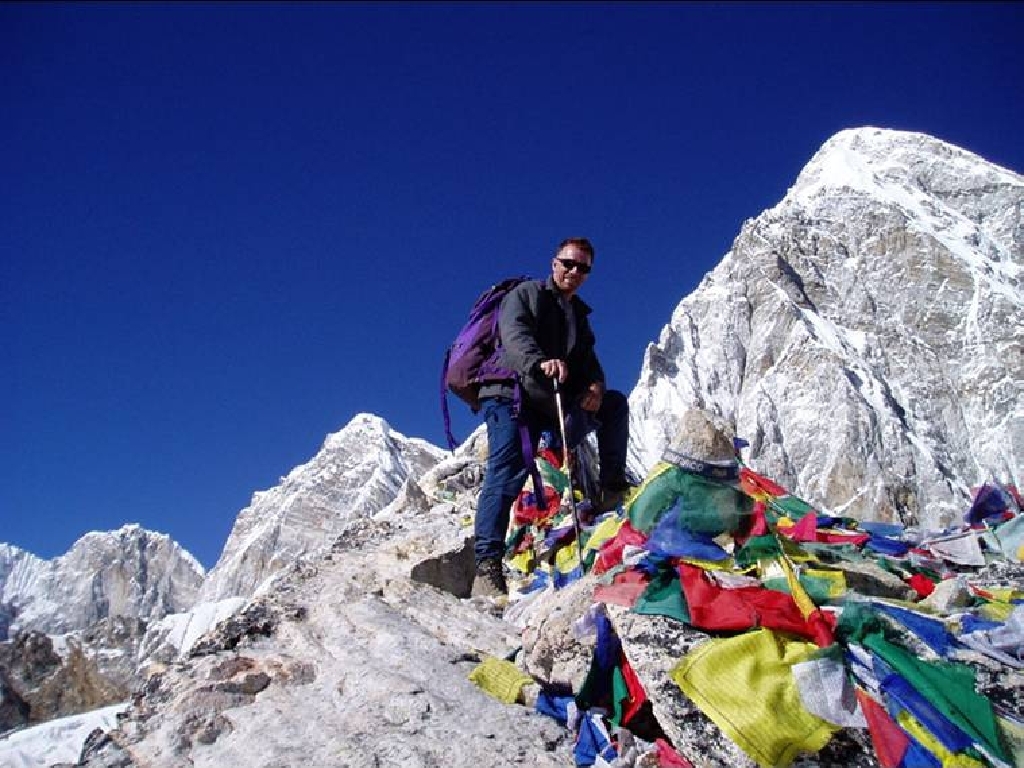
Depending on when you are travelling depends on if you will encounter snow. However, you are in the mountains, so expect varied temperatures and the potential for moody weather.
On the lower stages of the trek it will be cool for your morning start but will very quickly be very warm and dry and will leave you sweating and seeking shade. In the early afternoon, you may see a shower of rain so waterproofs always need to be near the top of your bag for rapid deployment.
Further up on the trek you are likely to see the same daily pattern but the air temperature will generally be colder. Night-time temperatures on the upper half of the trek can drop well below freezing even inside the lodges so a good sleeping bag will be important to help get your rest.
One consistent fact will be the intensity of the UV sunlight. You will need to bring high factor sunblock, a lightweight long sleeved top and a hat that will cover or shade your neck and ears. The sunlight will be intense even when the air temperature is low and the wind is blowing so you may not think to cover up your face. The UV can also give you a headache especially when you spend all day gazing up at those beautiful white peaks all around you. You ought therefore to bring good quality polarizing sunglasses. Full details of kit to bring is on each trip page alongside information about safe acclimatisation for a trek to Everest and the ever popular question ‘How hard is it to trek to Everest base camp‘. Plus feel free to call or email the office with any concerns or questions!
Book Your Adventure of a Lifetime Now
Discover our trips to other Countries
Adventure Alternative Articles
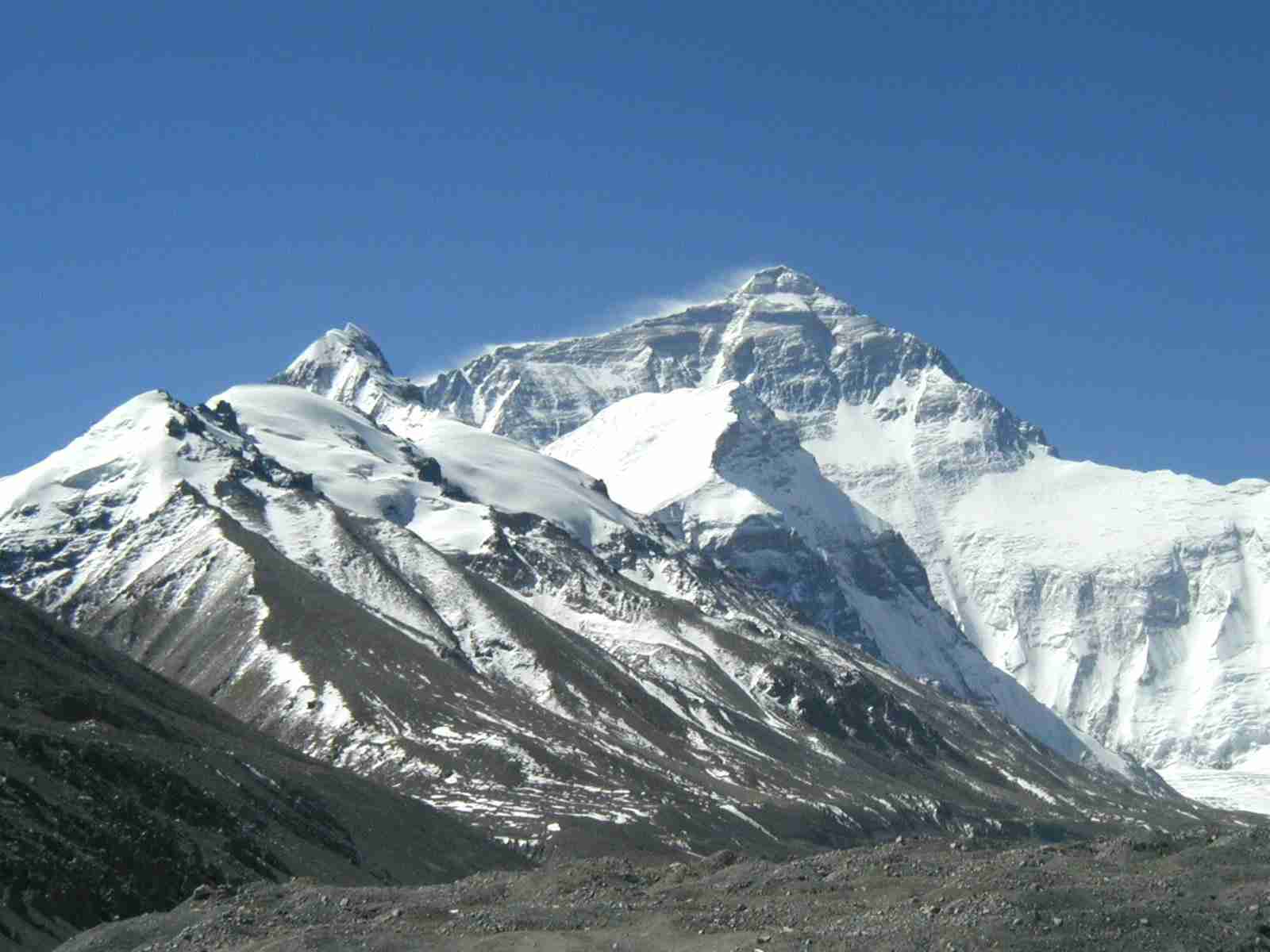
12 MONTHS, 12 MOUNTAINS
Climbing Calendar Ready for World Mountain Day In celebration of World Mountain Day, we've created a calendar for the year to make it easy for...
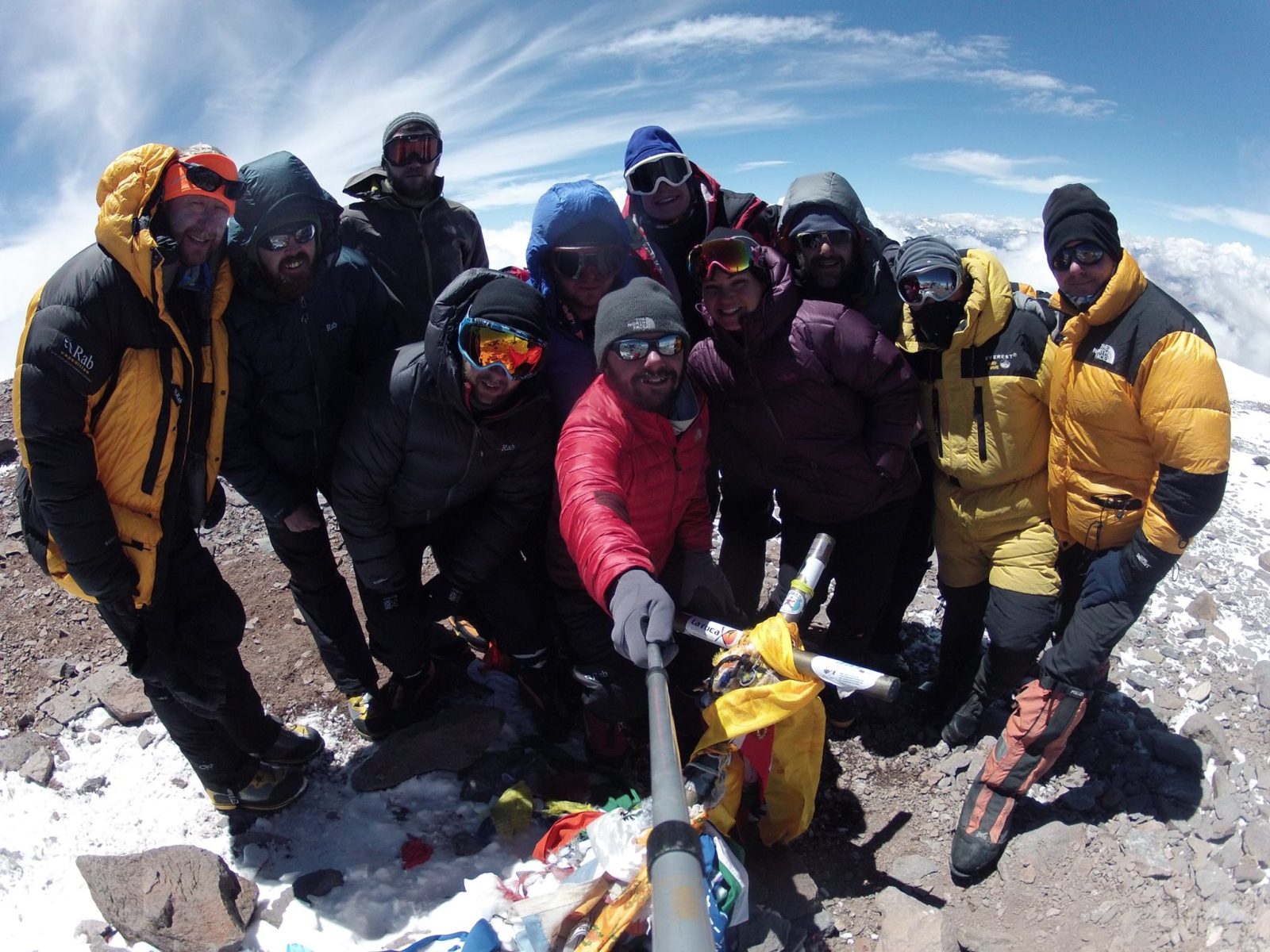
Mount Aconcagua Trip Review
January 2016 This year we had a team of twelve clients from four different countries – Iran, Ireland, England, South Africa and Argentina –...
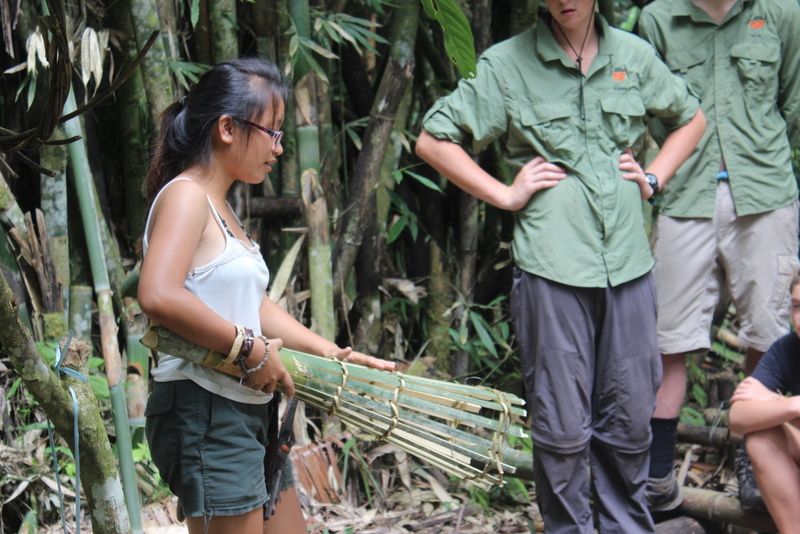
Alcey’s Survival Skills Course at Lupa Masa Jungle Camp
SURVIVAL SKILLS COURSE AT LUPA MASA JUNGLE CAMP | ADVENTURE ALTERNATIVE In celebration of International Rural Women’s Day, we’re talking...